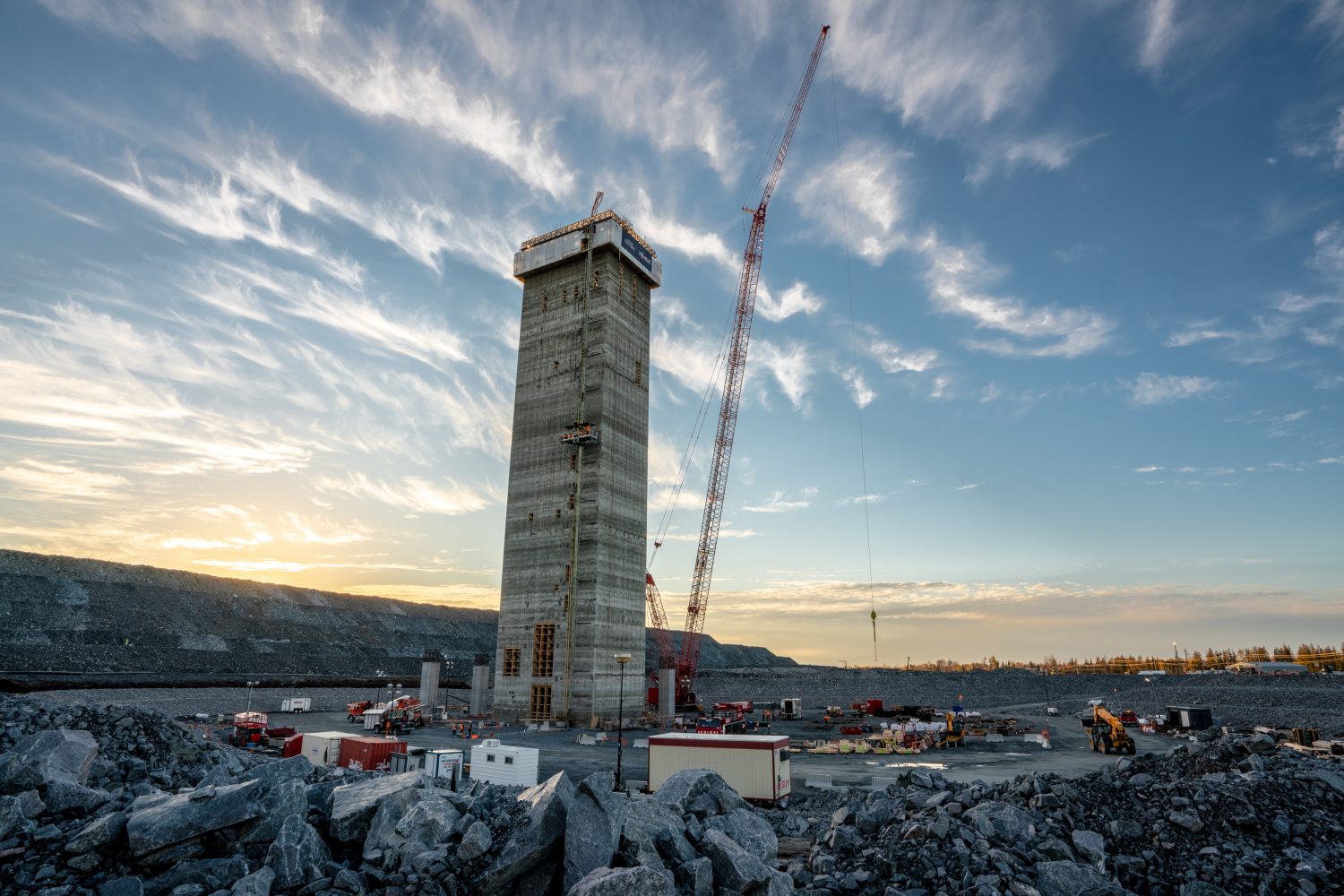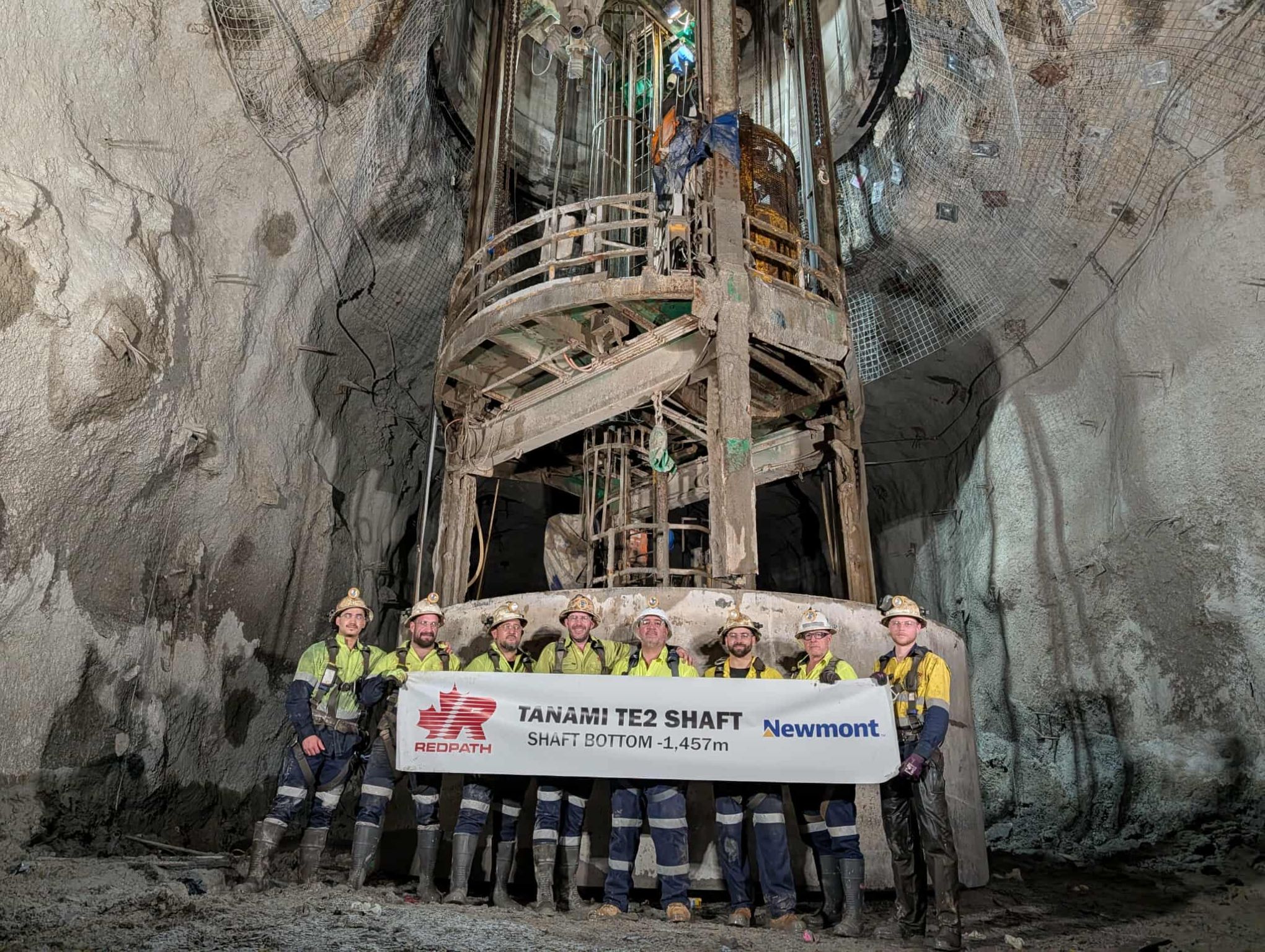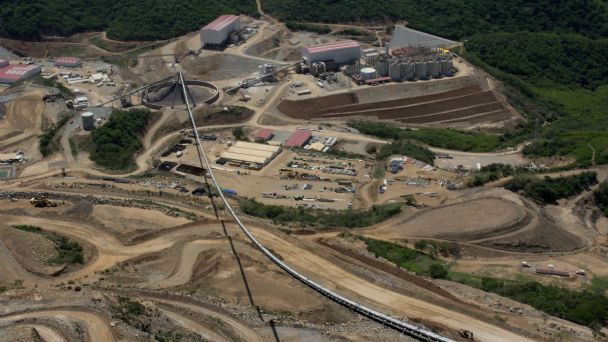
It has been a little over a decade since commercial mining began at the Canadian Malartic Mine in northwestern Quebec, Canada. With production of over 55,000 tonnes per day, the mine is not only the largest in Canada but one of the largest in the world. In 2020, however, the partnership behind the mine announced that it was going to begin construction of surface infrastructure and an underground exploration ramp, in a project known as the Odyssey project.
With geopolitical instability pushing global gold prices to new records at the beginning of 2021, the decision to expand by the mine’s sponsors is a timely one. At peak operations, the Odyssey mine will enable the extraction of 19,000 tonnes of ore at an estimated grade of 2.75 g/t gold and roughly 5,000 tonnes of waste rock per day. Business Excellence took a closer look at the Odyssey mine and found that the sheer scale of the project meant that Odyssey was a very fitting name.
Overview
Modern exploration drilling began at the Canadian Malartic property in 2005, and by mid-2011, commercial production was already underway. The mine was acquired by Agnico Eagle and Yamana in June 2014 and exactly six years later, in June 2020, the mine poured its 5 millionth ounce of gold - a remarkable milestone. The Odyssey mine project represents the next chapter in the Canadian Malartic story.
First approved in 2020, the Odyssey mine project involves expansion of the project into the East Gouldie, Odyssey and East Malartic zones. The ramp being developed as part of the Odyssey project will provide additional access for exploration drilling to expand and upgrade the current mineral resource base, and allow for bulk sampling of up to 40,000 tonnes of mineralized material, and to expand the mine’s useful life.
Significant progress has already been made in a relatively short period of time. By the end of 2020, at a time when the Coronavirus pandemic had shut down most of the world, the ramp had already progressed 102 metres. 2021 saw an additional 1,500 metres added. Production using the ramp is expected to begin next year, in 2023, and will enable the mine to increase its output by up to 3,500 tonnes per day.
When completed, the shaft will have an estimated depth of nearly 2,000 metres. Capital expenditures between 2021 and 2028 are expected to reach approximately $1.34 billion, and gold production in the same period is forecasted to be around 932,000 ounces, projected at a conservative $800 per ounce (at the time of writing, the price of an ounce hovers at around $1,900), with direct costs associated with extraction of around $630 per ounce.
Sustainability
As the largest mining project in Canada, the team behind the Odyssey mine were also adamant that it should be an industry leader in terms of sustainability. As such, the overall project is in compliance with a number of sustainability initiatives, including CDP (Formerly the Carbon Disclosure Project), Towards Sustainable Mining, the International Cyanide Management Code, the United Nations Sustainable Development Goals, the Tailings Management Standard, and others.
Agnico Eagle’s last sustainability report - published at the beginning of 2021 - outlines a series of sustainability programs. In terms of GHG reduction initiatives alone, the company has saved 80 tonnes of GHG emissions from the insulation of its buildings, 7,000 tonnes from its electric rail-veyor, 8,000 tonnes from its heat recovery programs, and 300 tonnes from its installation of a compostor. These projects are ongoing and continue to be updated, seeking out further energy efficiencies.
Covid-19 Response
The hope is that, once the Odyssey mine is fully operational, the last remnants of the Covid-19 pandemic will be a distant memory. However, it’s worth noting that the project was given the green light as the pandemic was at its peak. During this time, company management set up a COVID-19 Steering Committee to manage its operations safely through the worst of the pandemic. At the Canadian Malartic Mine, this even included continuing salary payments to employees through government mandated mining reductions.
Partners and Suppliers
As one might expect from a project of this scale, there are a host of high-profile partners and suppliers that are called in to achieve the project deliverables. These include Epiroc Canada, which has developed custom-made simulators for the mine, which have been programmed to operate identically to the actual equipment that will be used by operators, enabling them to develop skills and safety practices in the process.
Elsewhere, well-known companies from the mining industry involved on the project include MacLean Engineering, which are providing a fleet of MacLean Engineering electric vehicles, environmental and engineering consulting from H.P. Hydraulique – Forcetech Consultants and Epiroc preparing operators for the underground environment with our training simulators. WSP is providing comprehensive engineering services for the building of the ore handling infrastructure, including the headframe, hoist room, jacking infrastructure, and shaft, in order to ensure safe and efficient operations. Béton Barrett (concrete), Petro Canada (oil and gas), VCC General Contractor Canada and industrial equipment from Wajax and Atlantic Industries Limited.
Conclusion
Mining in some form has been present on the Canadian Malartic property for over a century now, but it’s only since the current team took over at the beginning of the 21st century that the operation really began to reach its potential. As the biggest mine is a country renowned for world class mines, the Canadian Malartic project is a credit to its owners, Agnico Eagle Mines and Yamana Gold. The Odyssey Mine represents the latest phase in the mine’s progression, and the scale of its ambition makes its name a fitting tribute.



 OdysseyMine-March-2022 New-compressed.pdf
OdysseyMine-March-2022 New-compressed.pdf









